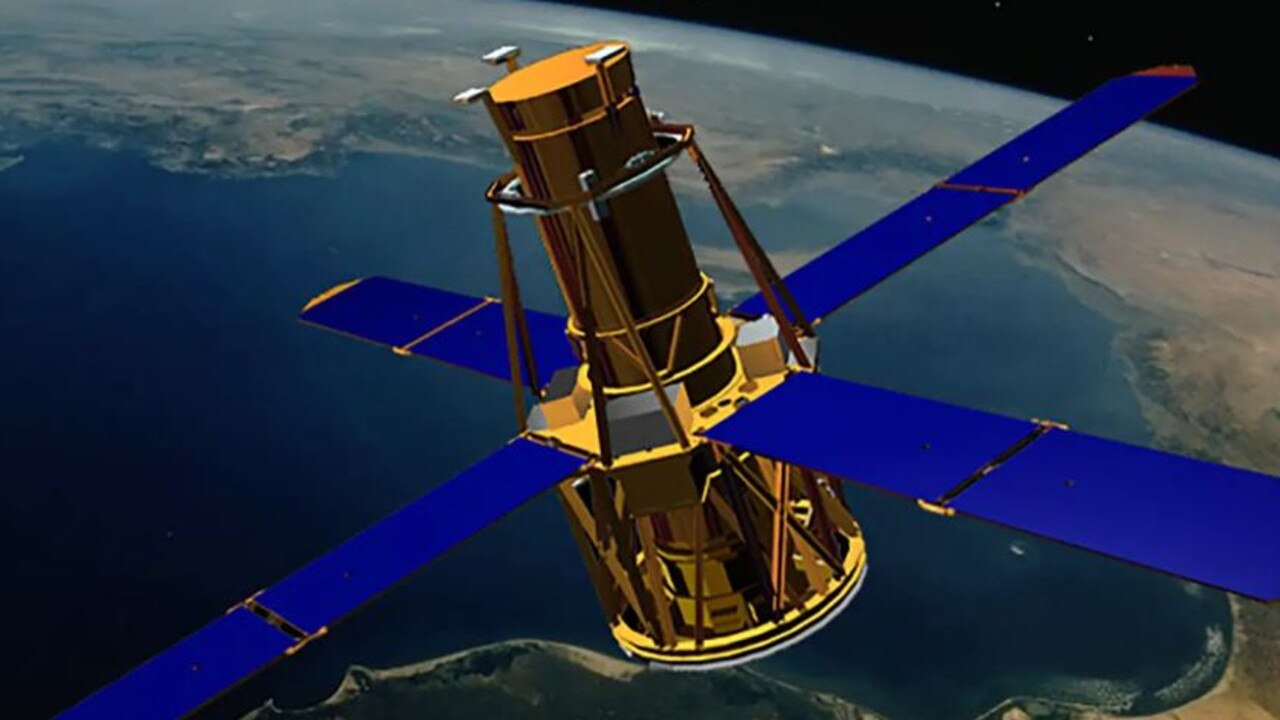272kg satellite plummets toward Earth with chance of hitting humans
Not a plane, bird or frog, it’s a 272kg satellite hurtling toward Earth — and it’s set to make its crash landing tomorrow.

Not a plane, bird or frog, it’s a 272kg satellite hurtling toward Earth — and it’s set to make its crash landing tomorrow.
NASA reported on Monday that the retired Reuven Ramaty High Energy Solar Spectroscopic Imager spacecraft, otherwise known as RHESSI, will re-enter Earth’s atmosphere on Wednesday after over two decades in orbit, according to the NY Post.

While most of the satellite is expected to burn up during its descent, some parts have a chance of surviving the fiery return.
“The risk of harm coming to anyone on Earth is low — approximately 1 in 2,467,” the agency said in a statement.
First launched into its low Earth orbit in 2002, RHESSI has observed solar flares and coronal mass ejections that have aided scientists’ investigation into the physics of the sun’s energy bursts.

Using its imaging spectrometer, RHESSI recorded 100,000 X-ray events, according to the agency, as well as gamma-ray images. It marked the first time gamma-ray and high-energy X-ray images of solar flares had been captured.
Until its decommissioning in 2018 due to “communications difficulties,” the spacecraft also aided the discoveries relating to the sun’s shape and “terrestrial gamma-ray flashes,” which are bursts that occur over lightning storms on Earth.
At 299kg, RHESSI is a relatively lightweight satellite compared to the others that have launched into or returned from orbit.

In January, NASA announced a 38-year-old satellite weighing 2540kg would be returning to Earth, following the multiple instances of Chinese rocket debris that re-entered the atmosphere in 2022.
NASA estimated in 2021 that some 27,000 pieces of space junk are floating in orbit — not including the potentially disruptive and destructive debris that remains “too small to be tracked. ”Travelling at an incredibly high velocity, the danger of space junk is reserved mostly for spacecraft in orbit, as there have been no confirmed injuries or deaths as a result of freefalling space debris.
According to NASA, the higher the orbital debris is, the longer it will take to tumble back to Earth. It takes “several years” for debris to return at altitudes of 373 miles (600km) or less, but centuries for “orbital decay” to occur at 497 miles (800km).
At 621 miles (1,000km), “orbital debris will normally continue circling the Earth for a thousand years or more.”
This article originally appeared in the New York Post and was reproduced with permission





